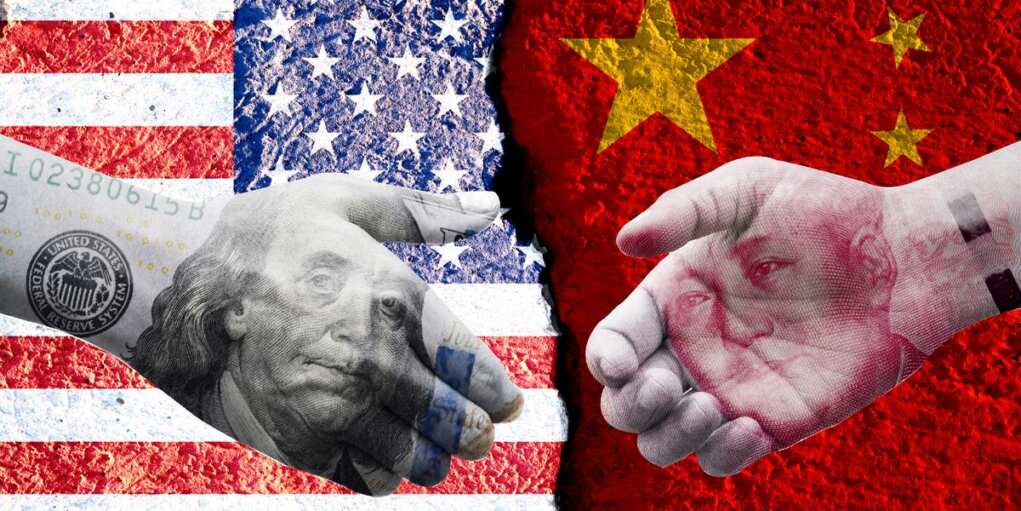Trump Closes China Deal, But Holds the Leverage

President Trump has finalized a long-awaited trade deal with China, securing rare earth exports crucial for American manufacturing while refusing to lift key countermeasures until Beijing proves it will keep its word.
Commerce Secretary Howard Lutnick confirmed the deal Thursday, telling Bloomberg that while China has formally agreed to export vital materials, the U.S. will maintain export curbs on items like chip software and ethane until China delivers on its promises. It’s a clear signal that Trump is not interested in photo-op deals—he wants results before rewards.
The agreement formalizes terms initially negotiated in Geneva but derailed after both sides accused each other of noncompliance. Talks resumed in London, culminating in the new deal pending approvals from both Trump and Chinese President Xi Jinping. Chinese officials confirmed the deal, stating that the framework’s details had been finalized and approved.
Yet, even with the agreement, China has reportedly continued to stall licensing approvals, gumming up supply chains while demanding intrusive details in license applications that could compromise American intellectual property. The Wall Street Journal recently reported that China has asked for customer identities and even component designs as part of the licensing process—a glaring concern given China’s track record on intellectual property theft.
The Trump administration’s hardline posture comes in sharp contrast to the prior administration’s approach, with the White House signaling it will not lift its countermeasures until China demonstrates tangible compliance with the agreement. A White House official told the Daily Caller News Foundation that the administration is “continuing to monitor China’s compliance with the agreement reached at Geneva.”
Beyond the China deal, the administration is preparing to finalize up to ten new trade agreements with other global partners by Trump’s July 9 deadline, according to Lutnick. Countries failing to reach a deal by then will face a new tariff schedule, along with clear outlines of U.S. trade demands, ensuring that Trump’s America First trade strategy remains firmly in place.
“Those who have deals will have deals,” Lutnick said, “and everybody else that is negotiating with us, they’ll get a response from us and then they’ll go into that package. If people want to come back and negotiate further, they’re entitled to, but that tariff rate will be set and off we’ll go.”
Trump’s method is straightforward: no more empty promises, no more vague agreements, and no more letting adversaries walk away without delivering on what they’ve pledged. With China, Trump is proving once again that leverage matters—and that America’s interests come first.
Bottom line: This deal locks China into hard commitments while keeping America’s economic power intact. Trump is ensuring that the U.S. secures what it needs without bowing to Beijing, setting the stage for a fairer trade landscape that supports American workers and manufacturers.
